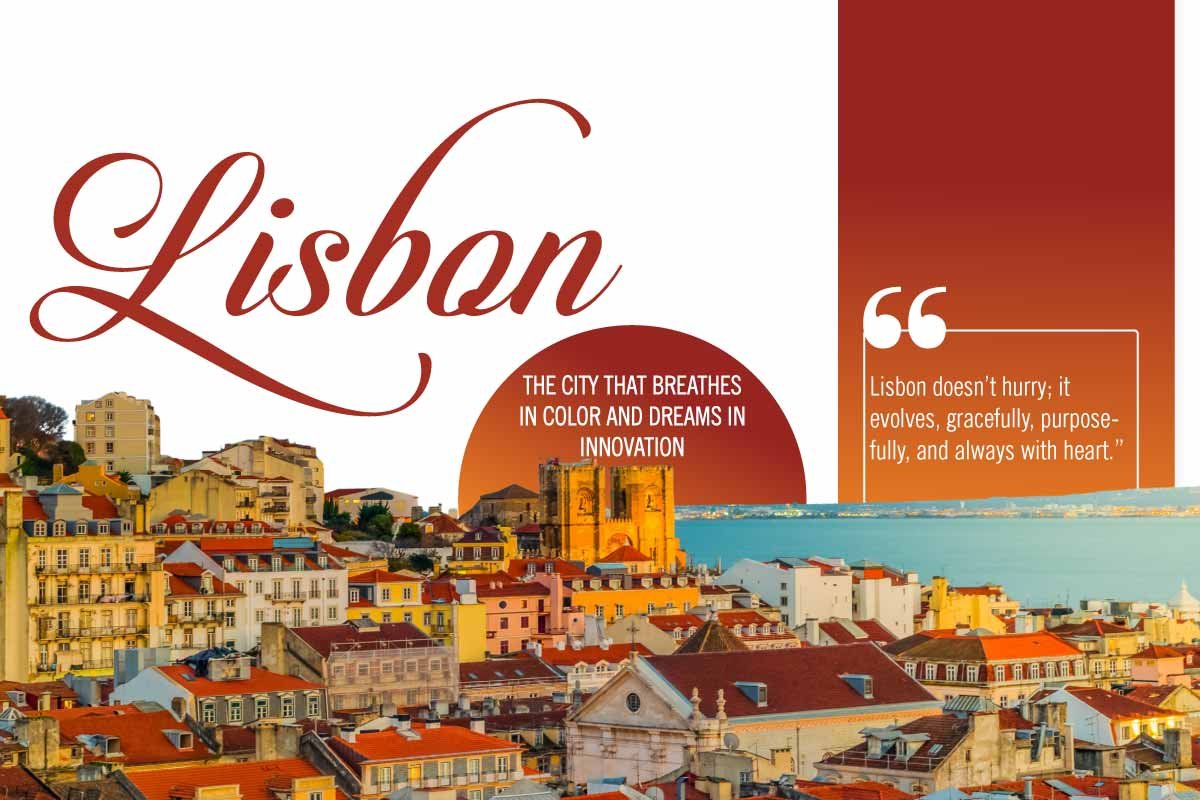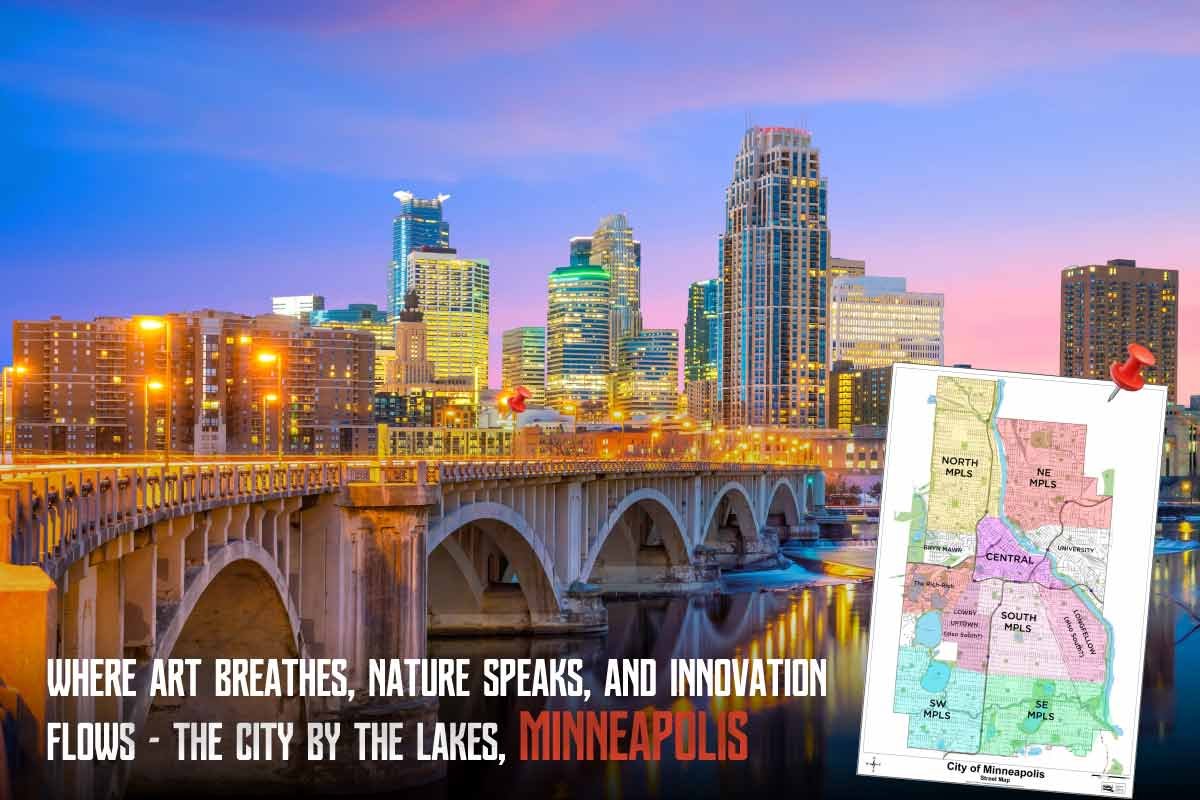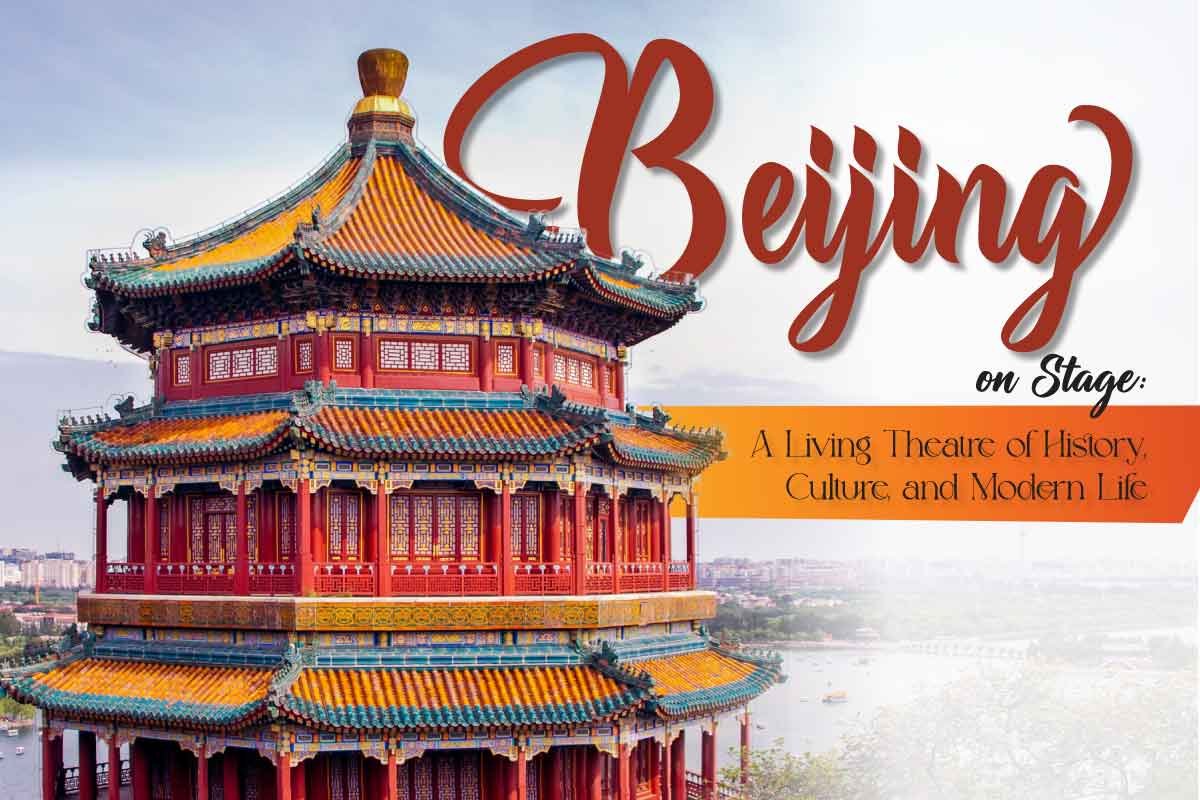[Source-theweek]
Nestled in the Arabian Peninsula is the capital city of Oman, Muscat, a city that seamlessly blends tradition and modernity. With contemporary Omani-styled buildings with round towers, huge walls, carved wooden doors, and small windows to keep out the heat to the soothing vibes of beaches and vast stretches of mountains, this city offers you layers of history and culture.
The total population of Muscat Governorate was estimated to be 1.72 million as of 2022.
The metropolitan area of Muscat spans approximately 3,500 square kilometers (1,400 square miles) and includes six provinces called wilayats. This makes it the largest city in the Arabian Peninsula by area.
Best Time to Visit
The summertime in Muscat is extremely humid. The temperature can range from 40ºC to 45 ºC so it’s better to avoid the months of April to September. The best time to visit is from October to March when the climate is chilly and cold. Traveling around the city in the pleasant weather can be comfortable during these months.
The Rich History
Muscat has a rich history dating back to the early 1st century AD. It was an important trading port between the West and the East, and its influence extended as far as East Africa and Zanzibar in the 18th century. The city was ruled by various indigenous tribes as well as foreign powers such as the Persians, the Portuguese Empire, and the Ottoman Empire at different points in its history.
The Portuguese gained control of Muscat and the adjacent coast in 1508 and maintained a trading post and naval base until they were driven out in 1650. In the 19th century, the British arrived, using Muscat as a major staging point between their interests in India, Africa, and the Middle East.
The city has also been the capital of an empire and, latterly, a sultanate. Despite its historical significance as a trading port, Muscat was barely noticed by the outside world for centuries, slipping into obscurity until well into the 13th century. The Sultanate of Muscat and Oman, which encompassed the present-day Sultanate of Oman and parts of present-day United Arab Emirates and Pakistan, was a sovereign state in the second half of the 19th century and 20th century. The city’s historical expansion to the Swahili Coast and the Indian Ocean has contributed to its cultural diversity, making Oman distinct from other Arab States of the Persian Gulf.
Exploring the Omani Culture
Famous for its ancient and modern structures, muscat is a city that goes beyond the beauty of its architecture. It is filled with glittering marketplaces, also known as souks, and delicious seafood. While Muscat has Arabic heritage, with it being the predominant language, English is also widely spoken. Here are a few more ways you can explore the culture and history of Muskat.
1. Al Alam Palace
Al Alam Palace is a ceremonial palace located in the heart of Old Muscat. It is also known as the Flag Palace and has a rich history spanning over 200 years. The palace was adorned in regal colors of blue and gold. It was renovated in 1972 and is now used for official ceremonies of His Majesty the Sultan. The palace is one of six royal residences and is surrounded by the 16th-century Portuguese Mirani and Jalali Forts. While visitors are not allowed to enter the palace, they are permitted to take pictures and walk around the palace grounds.
2. Sultan Qaboos Grand Mosque

[Source-Sultan Qaboos Grand Mosque]
It was inaugurated by Sultan Qaboos bin Said Al Said on May 4, 2001, to celebrate 30 years of his reign. The mosque is a significant landmark, with a total site area of 416,000 square meters and a complex covering an area of 40,000 square meters. The main prayer hall, with its imposing dome, is flanked by four minarets and colonnaded walkways, creating a visually stunning sight, especially in the evenings when the dome appears to glow from within.
3. Royal Oman Opera
The Royal Oman Opera House in Muscat offers a wide range of performances and educational programs. It was created by His Majesty Sultan Qaboos bin Said to promote cultural tourism. The Opera House hosts various shows including ballet, jazz, operas, Arab music, musicals, and world music performances. Artists from diverse countries such as Georgia, Argentina, Russia, and others also come to Muscat to showcase their talents.
4. Mutrah Fort
The Mutrah area in Muscat offers stunning views along the bay, surrounded by buildings and mountains. One of the highlights of Muscat’s tourism is the Mutrah Fort, constructed by the Portuguese in the 1580s for military use. The fort features cannons and three circular towers and is accessible through the Mutrah Souk.
5. Mutrah Souk
Mutrah Souk is the perfect place to find the finest souvenirs. You can bargain for a wide variety of items including antiques, Arabian gems, silver jewelry, and traditional Omani attire. This market in Muscat also offers Omani caps (kumma) and essential oils.
6. Oman National Museum
The Oman National Museum, which opened in 2016, showcases the culture and heritage of Oman. The idea for the museum originated in the 1970s with His Majesty Sultan Qaboos bin Said and took many years to come to life. The museum presents Oman’s maritime history, architectural wonders, unique irrigation systems, the culture of Islam, and more. It covers an area of 13,700 square meters, with 4,000 square meters dedicated to 14 permanent galleries.
7. Amouage Perfume Factory

[Source-Tripadvisor]
Oman has been a significant center for trading incense and myrrh. These precious ingredients are found only in the southern, mountainous area of Dhofar. You can easily explore this by visiting the Amouage Perfume Factory, which was established in 1983 and now sells its perfumes worldwide (exclusively in Harrods in the UK). A free tour of the factory provides a quick and interesting look at how the perfumes are made, along with complimentary Omani coffee and locally grown dates at the start.
The Mouthwatering Omani Cuisine
Trade and fusion have been a part of the culture of Oman, and Omani cuisine is directly influenced by this. The spices from India and East Africa are used throughout the cuisine. Due to the presence of long coastline and fertile seas, seafood, especially fish, makes a big part of the cuisine. Because of extensive summers, dried fish is a common ingredient among the dishes. Here are some of the dishes you must try.
- Shuwa – Shuwa is a popular Omani dish made from lamb or goat, which is slow-cooked in an underground oven with spices.
- Harees – It is a porridge made from wheat and ghee (clarified butter), mixed with some type of meat, often chicken. It is served with a sweet sauce made from dates or raisins.
- Makbous – Similar to kabsa, which is a popular Arab dish from Yemen, makbous is a meal made of rice, meat, and vegetables, all flavored with spices. Makbous is delicious, filling, and makes for a substantial meal.
- Mishkak – Oman’s favorite street food. It is marinated meat, typically chicken, mutton, or beef, grilled on long wooden sticks. It’s served hot with tamarind chutney.
- Halwa – Meaning “sweet” in Arabic, Halwa is also the name of Oman’s most famous sweet. It’s a mixture of sugar, honey, rose water, eggs, spices, and nuts, creating a thick, paste-like treat.
- Khubz Omani – It is a thin, flaky bread similar to a crêpe, often filled with cheese and honey. It’s also known as khubz ragag and makes a wonderful choice for breakfast.
Finding a Cozy Stay
Choosing the right place to stay is important to relax and unwind for a comfortable stay. While staying in Muscat, it is important to consider what type of transportation arrangement you have and what kind of experience you want. Here are a few recommendations for you to consider.

[Source-Viator]
- City Seasons Hotel
- Ibis Muscat
- Al Falaj Hotel and Mutrah Hotel
- Kempinski Hotel Muscat
- The Chedi Muscat
- Royal Tulip Muscat
- Mysk Al Mouj Muscat
- Al Bustan Palace Ritz-Carlton
- Shangri-La Barr Al Jissah Resort
Tips For Travelers
- In Oman, the currency is Omani Rial (OMR) which is equivalent to 2.60 USD.
- While some of the areas in Muscat are walkable or public transportation is available, the cheapest option for getting around is to rent a car. Depending on the type of vehicle, it’ll be around $40 – $100 per day.
- There is a dress code for locals and travelers alike. The general rule is to cover shoulders, and upper arms and fall below the knees. It is also not recommended to appear in public dressed in tight trousers, bare-backed tops, or low-cut clothing.
- You can pay almost everywhere with a card (Visa, MasterCard, American Express), however, small shops only accept cash.
Muscat is a beautiful gem surrounded by mountains and deserts. With its awe-stripping contemporary architecture to calming beaches, you can plan a small trip to this wonderful city to unwind, soak in history and enjoy a getaway with your family.


















